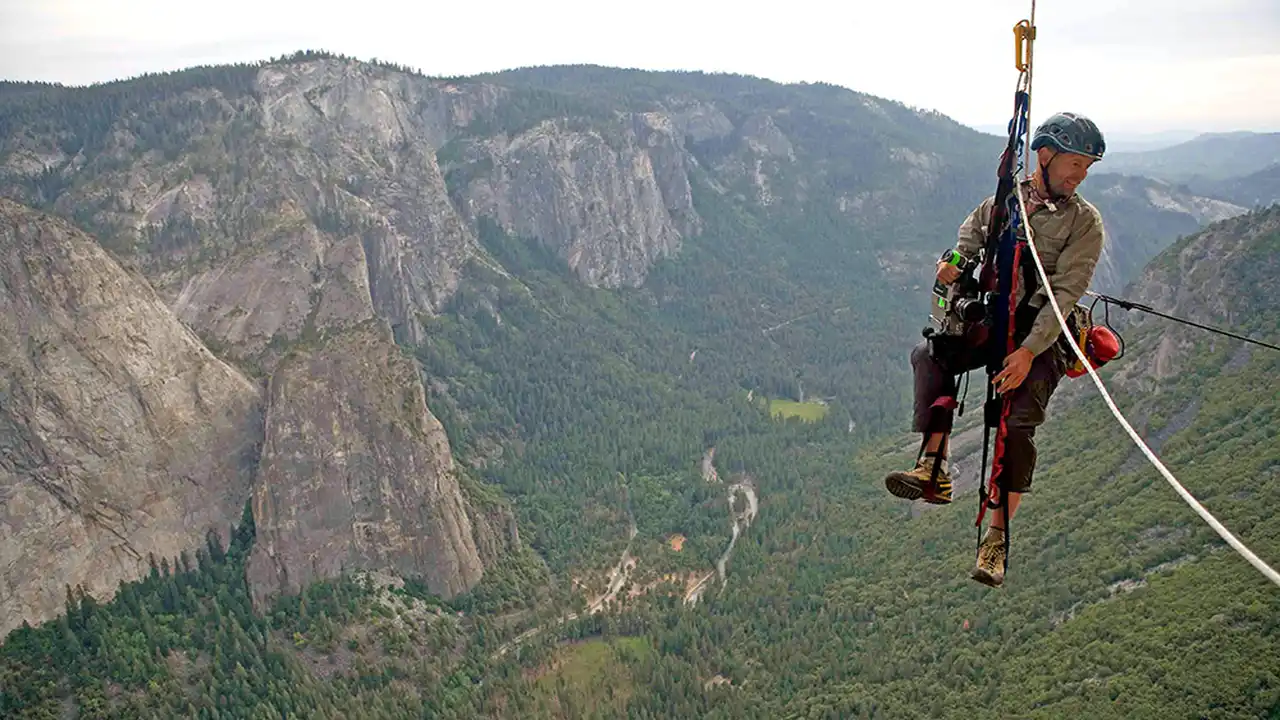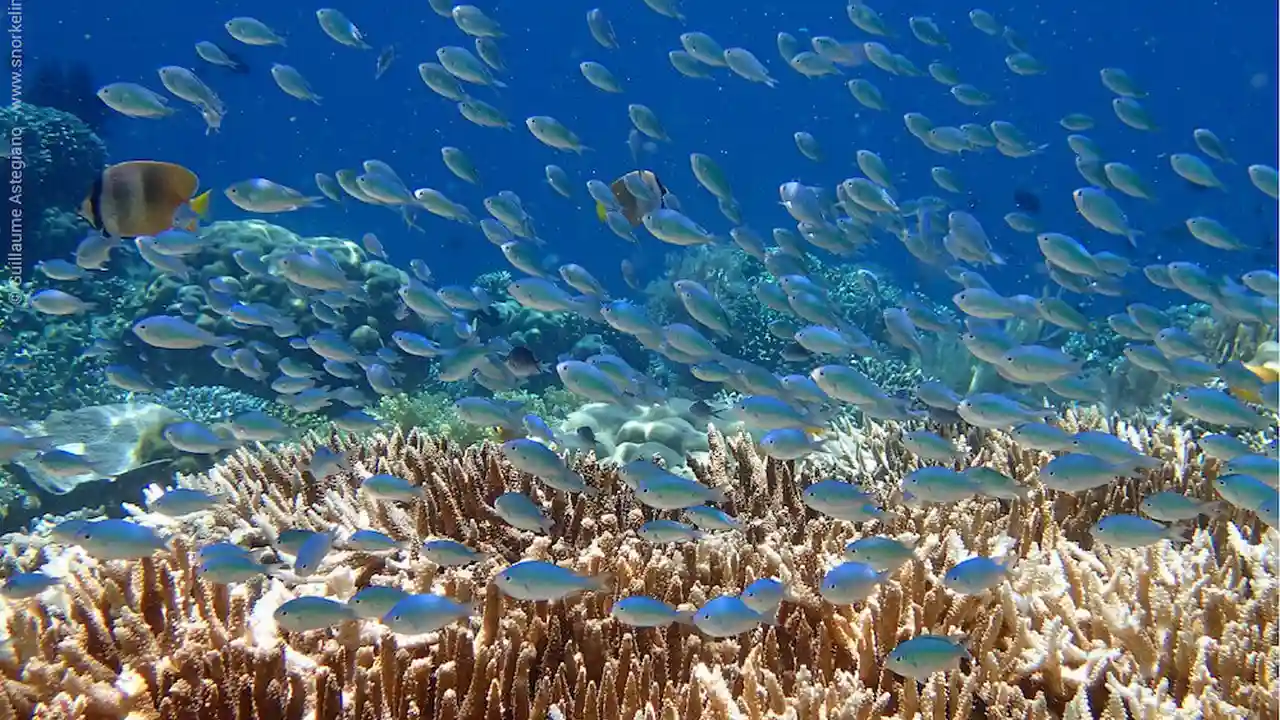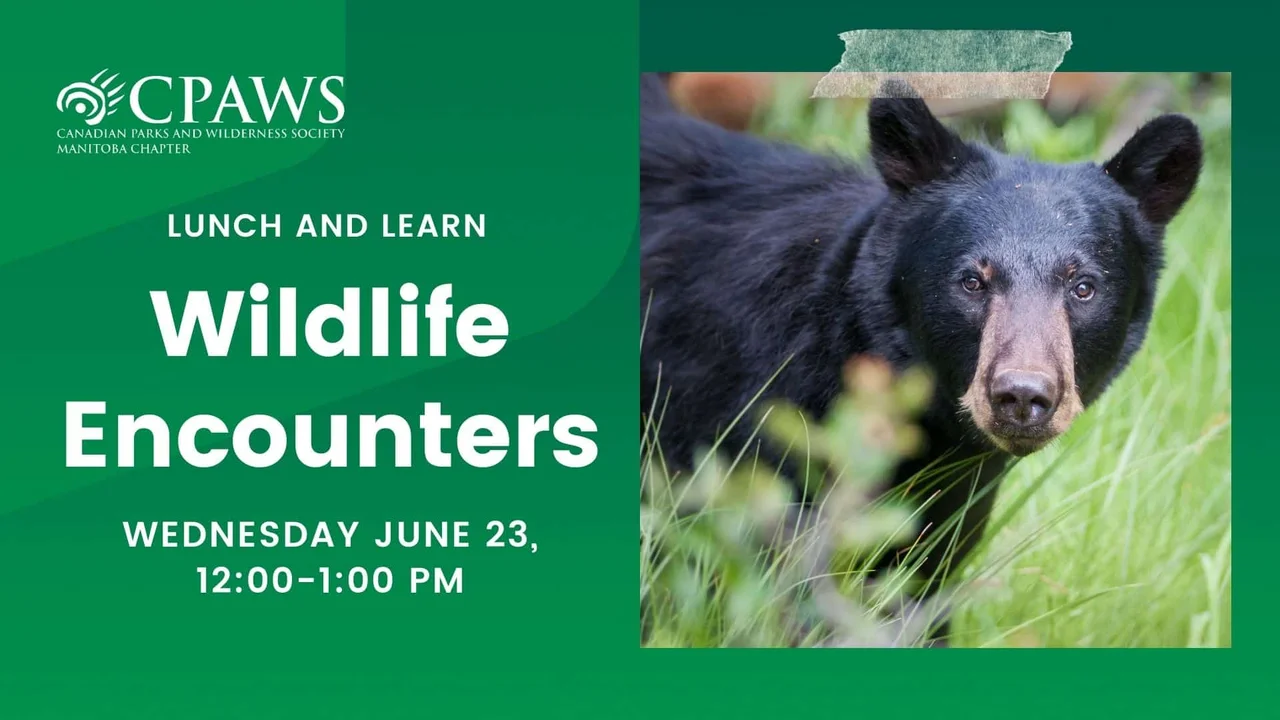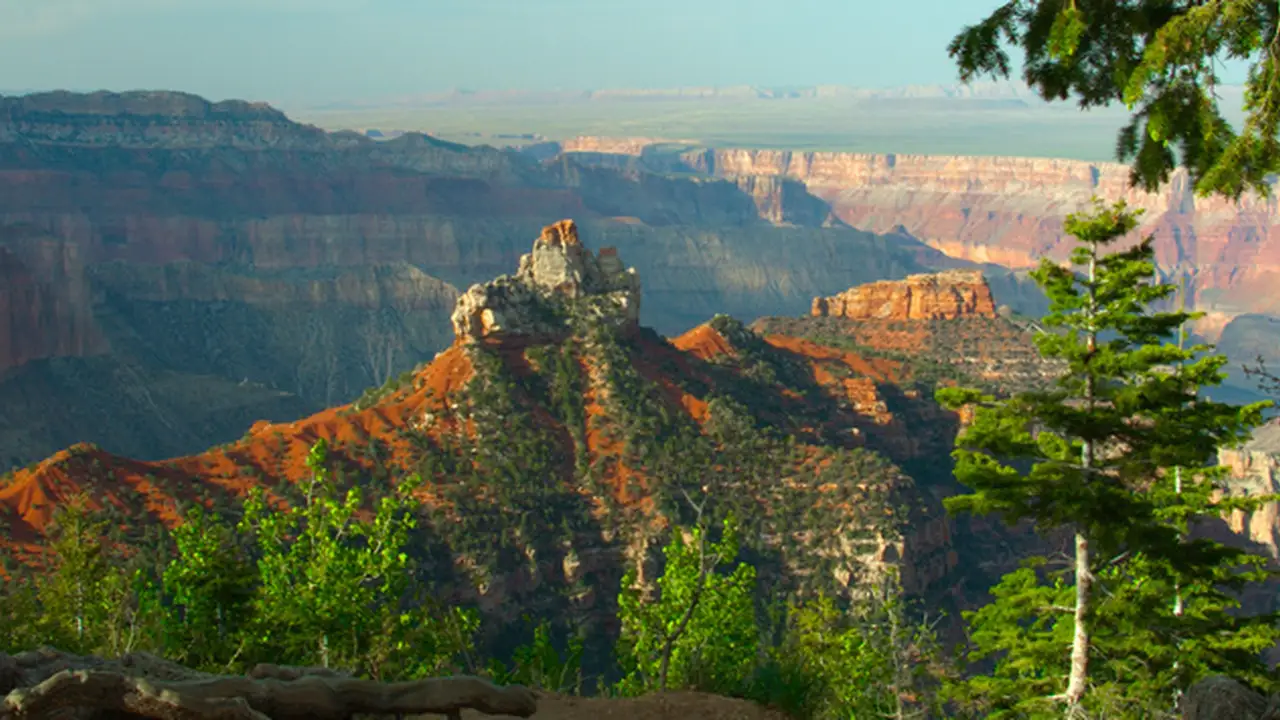Best Time to Visit Yellowstone National Park
Embark on an unforgettable journey to Yellowstone National Park. This guide provides insights into the best time to visit, considering weather, wildlife viewing, and tourist crowds. Experience the wonders of Yellowstone.
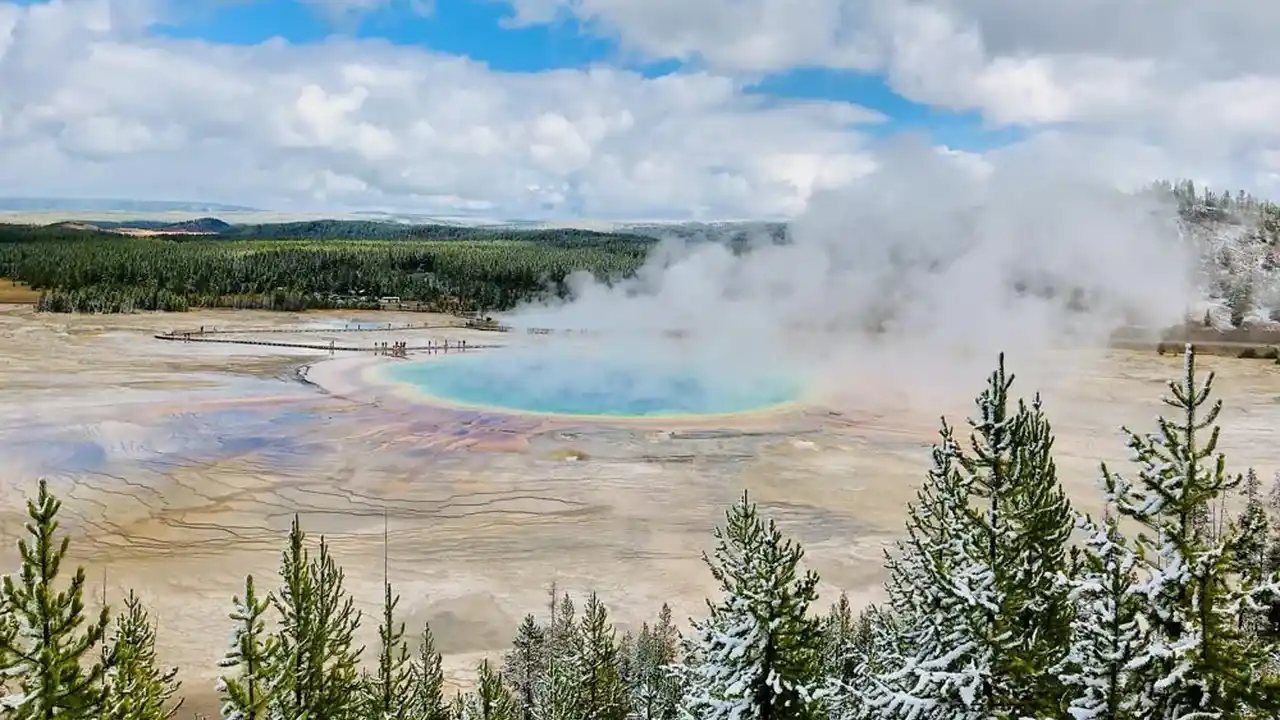
Understanding Yellowstone's Seasons Weather and Crowds
Yellowstone National Park, a sprawling wilderness teeming with geysers, hot springs, wildlife, and breathtaking landscapes, is a year-round destination. However, the \"best\" time to visit truly depends on your priorities and what you hope to experience. Let's break down each season to help you decide when to plan your Yellowstone adventure.
Spring (April - May): Wildlife and Waterfalls
Spring in Yellowstone is a time of renewal and awakening. Wildlife emerges from winter slumber, and waterfalls are at their peak flow due to melting snow. This is a fantastic time for wildlife viewing, especially bears and wolves, as they are more active and visible. However, spring also brings unpredictable weather, including snowstorms, rain, and chilly temperatures. Many roads and facilities remain closed during this period. Crowds are relatively light, making it a peaceful time to explore the park.
Pros: Excellent wildlife viewing, fewer crowds, stunning waterfalls.
Cons: Unpredictable weather, limited road access, some facilities closed.
Summer (June - August): Peak Season and Pleasant Weather
Summer is the most popular time to visit Yellowstone, and for good reason. The weather is generally warm and sunny, all roads and facilities are open, and the park is in full bloom. This is the ideal time for hiking, camping, and enjoying all the park has to offer. However, be prepared for large crowds, traffic congestion, and higher prices for accommodations. Book your lodging and activities well in advance.
Pros: Pleasant weather, full access to the park, wide range of activities.
Cons: Large crowds, traffic congestion, higher prices.
Fall (September - October): Stunning Colors and Wildlife Rut
Fall is a magical time in Yellowstone, with the landscape transforming into a tapestry of golden hues. The crowds begin to thin out, the weather is still generally pleasant, and the wildlife rut (mating season) is in full swing. This is a great time to witness elk bugling and bison battling for dominance. Similar to spring, the weather can be unpredictable, and some facilities begin to close in October.
Pros: Beautiful fall colors, fewer crowds, wildlife rut, pleasant weather (generally).
Cons: Unpredictable weather, some facilities closing in October.
Winter (November - March): Solitude and Snow-Covered Landscapes
Winter in Yellowstone is a world of stark beauty and solitude. The park is covered in a blanket of snow, creating a serene and magical atmosphere. This is a fantastic time for cross-country skiing, snowshoeing, and snowmobiling. Wildlife viewing is also excellent, as animals stand out against the white background. However, access to the park is limited, and many roads are closed to regular vehicles. Temperatures can be extremely cold, and winter driving conditions can be challenging.
Pros: Solitude, stunning snow-covered landscapes, excellent wildlife viewing, unique winter activities.
Cons: Limited access, extremely cold temperatures, challenging driving conditions.
Detailed Monthly Breakdown Yellowstone Weather Wildlife and Activities
Let's dive into a more detailed monthly breakdown to help you pinpoint the perfect time for your Yellowstone adventure:
- January - February: Deep winter. Extremely cold temperatures. Limited access to the park. Excellent for snowmobiling and wildlife viewing.
- March: Gradual warming. Still limited access. Good for wildlife viewing, especially wolves.
- April: Unpredictable weather. Some roads begin to open. Good for wildlife viewing, especially bears. Waterfalls are starting to peak.
- May: Roads gradually opening. Wildlife viewing is excellent. Waterfalls are at their peak. Crowds are still relatively light.
- June: Warm weather. All roads and facilities open. Hiking and camping are popular. Crowds begin to increase.
- July - August: Peak season. Warm and sunny weather. All activities available. Large crowds and traffic congestion.
- September: Pleasant weather. Crowds begin to thin out. Wildlife rut is in full swing. Fall colors are emerging.
- October: Unpredictable weather. Some facilities begin to close. Wildlife rut continues. Fall colors are at their peak.
- November: Gradual cooling. Limited access. Some roads begin to close.
- December: Deep winter. Extremely cold temperatures. Limited access to the park.
Gear Recommendations for Every Season in Yellowstone National Park
No matter when you visit Yellowstone, proper gear is crucial for a comfortable and safe experience. Here's a breakdown of essential gear for each season:
Spring and Fall Gear Considerations
- Layers: Essential for adapting to changing weather conditions. Include a base layer, insulating layer (fleece or down), and waterproof/windproof outer layer.
- Waterproof hiking boots: Protect your feet from wet trails and snow.
- Warm hat and gloves: Essential for chilly mornings and evenings.
- Rain gear: Be prepared for sudden showers.
- Bear spray: Carry bear spray and know how to use it.
- Binoculars: Enhance your wildlife viewing experience.
Summer Gear Essentials
- Lightweight hiking clothes: Breathable fabrics that wick away moisture.
- Sunscreen and hat: Protect yourself from the strong sun.
- Sunglasses: Essential for reducing glare.
- Insect repellent: Mosquitoes and other insects can be prevalent.
- Water bottle or hydration pack: Stay hydrated on hikes.
- Comfortable hiking shoes: Choose shoes that provide good support and traction.
Winter Gear Recommendations
- Heavy winter coat: Insulated and waterproof.
- Waterproof winter boots: Insulated and with good traction.
- Warm hat, gloves, and scarf: Protect yourself from the extreme cold.
- Base layers: Moisture-wicking base layers are essential for staying warm and dry.
- Snow pants: Waterproof and insulated.
- Sunglasses or goggles: Protect your eyes from the sun and snow glare.
Comparing Accommodation Options in Yellowstone National Park
Choosing the right accommodation is crucial for a comfortable and enjoyable trip to Yellowstone. Here's a comparison of popular options:
In-Park Lodges Yellowstone National Park Lodging Comparison
Yellowstone National Park Lodges, managed by Xanterra Parks & Resorts, offer a variety of lodging options within the park, ranging from rustic cabins to historic hotels. Here's a comparison of some popular choices:
- Old Faithful Inn: A historic landmark with stunning views of Old Faithful geyser. Prices range from $200 to $600 per night.
- Grant Village: Located near Yellowstone Lake, offering comfortable rooms and easy access to water activities. Prices range from $150 to $400 per night.
- Canyon Lodge: Close to the Grand Canyon of the Yellowstone, offering modern amenities and beautiful views. Prices range from $180 to $450 per night.
- Lake Yellowstone Hotel: A grand hotel with stunning views of Yellowstone Lake. Prices range from $250 to $700 per night.
Pros: Convenient location, easy access to park attractions, unique experiences.
Cons: Higher prices, limited availability, require booking well in advance.
Camping in Yellowstone National Park
Camping is a popular and affordable option for exploring Yellowstone. The park offers a variety of campgrounds, ranging from developed campgrounds with amenities to backcountry sites for more adventurous travelers.
Developed Campgrounds: Offer amenities such as restrooms, potable water, and picnic tables. Reservations are highly recommended, especially during the summer months. Prices range from $20 to $35 per night.
Backcountry Camping: Requires a permit and offers a more secluded and immersive experience. Requires advanced planning and preparation.
Pros: Affordable, immersive experience, close to nature.
Cons: Limited amenities, require reservations, potential for inclement weather.
Hotels and Motels Outside Yellowstone National Park
Several towns surrounding Yellowstone offer a variety of hotels and motels, providing a more budget-friendly option compared to in-park lodging.
- West Yellowstone, Montana: Located just outside the park's west entrance, offering a wide range of hotels, restaurants, and shops. Prices range from $80 to $300 per night.
- Gardiner, Montana: Located just outside the park's north entrance, offering a charming small-town atmosphere and stunning views. Prices range from $70 to $250 per night.
- Cody, Wyoming: Located about an hour east of the park, offering a historic Western experience and a variety of accommodations. Prices range from $90 to $350 per night.
Pros: More affordable, wider range of options, access to town amenities.
Cons: Longer drive to park attractions, less immersive experience.
Top Yellowstone Tours and Activities: Prices and Recommendations
Enhance your Yellowstone experience by participating in guided tours and activities. Here are some popular options:
Wildlife Viewing Tours Yellowstone Wildlife Tour Options
Increase your chances of spotting wildlife with a guided wildlife viewing tour. These tours are led by experienced guides who know the best locations for spotting bears, wolves, bison, and other animals.
- Yellowstone Safari Company: Offers private and group wildlife tours. Prices range from $200 to $800 per person.
- Yellowstone Wolf Tracker: Specializes in wolf tracking tours. Prices range from $250 to $600 per person.
- BrushBuck Wildlife Tours: Offers a variety of wildlife tours, including photography tours. Prices range from $180 to $500 per person.
Geyser Gazing Tours Exploring Yellowstone's Geysers
Learn about the fascinating geology of Yellowstone's geysers and hot springs with a guided geyser gazing tour.
- Old Faithful Geyser Tours: Offers guided tours of the Old Faithful area. Prices range from $50 to $150 per person.
- Yellowstone Forever Institute: Offers educational tours and workshops focusing on Yellowstone's geology and ecology. Prices vary depending on the program.
Hiking Tours Yellowstone Hiking Trail Recommendations
Explore Yellowstone's stunning hiking trails with a guided hiking tour. These tours are led by experienced guides who can provide insights into the park's history, geology, and ecology.
- Yellowstone Hiking Guides: Offers a variety of hiking tours, ranging from easy nature walks to challenging backcountry treks. Prices range from $80 to $300 per person.
- Backcountry Safaris: Offers guided hiking and backpacking trips in Yellowstone's backcountry. Prices vary depending on the trip length and difficulty.
Photography Workshops Yellowstone Photography Tips
Improve your photography skills and capture stunning images of Yellowstone's landscapes and wildlife with a photography workshop.
- Yellowstone Photo Adventures: Offers photography workshops for all skill levels. Prices range from $300 to $1000 per person.
- National Park Trips Media: Offers photography tours and workshops in Yellowstone and other national parks. Prices vary depending on the program.
Essential Apps and Websites for Planning Your Yellowstone Trip
Leverage technology to plan and enhance your Yellowstone adventure. Here are some essential apps and websites:
- NPS Yellowstone App: Official app with maps, information, and alerts.
- GyPSy Guide Yellowstone: Audio tour guide with GPS-triggered commentary. (Price: ~$15)
- AllTrails: Hiking trail maps and reviews.
- Recreation.gov: Reserve campsites and permits.
- Weather.com: Stay updated on weather conditions.
By carefully considering your priorities, understanding the seasonal variations, and planning accordingly, you can ensure a memorable and rewarding experience in Yellowstone National Park. Remember to book accommodations and tours in advance, especially during peak season, and always prioritize safety and respect for the park's environment.
:max_bytes(150000):strip_icc()/277019-baked-pork-chops-with-cream-of-mushroom-soup-DDMFS-beauty-4x3-BG-7505-5762b731cf30447d9cbbbbbf387beafa.jpg)



